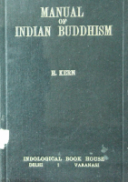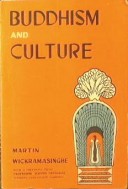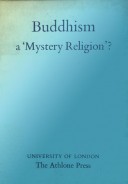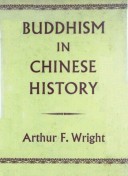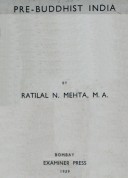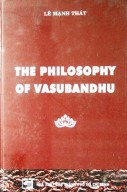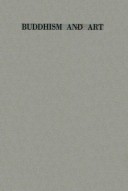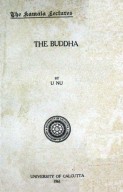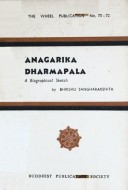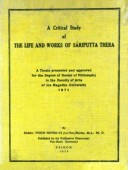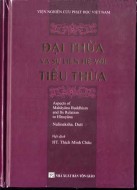Tìm Sách
Sách tiếng Anh-English >> Manual Of Indian Buddhism
Thông tin tra cứu
- Tên sách : Manual Of Indian Buddhism
- Tác giả : H. Kern
- Dịch giả :
- Ngôn ngữ : Anh
- Số trang : 134
- Nhà xuất bản : Indological Book House Delhi Varanasi
- Năm xuất bản : 1968
- Phân loại : Sách tiếng Anh-English
- MCB : 1210000002816
- OPAC :
- Tóm tắt :
INTRODUCTION
I. THE SACRED BOOKS.
The sacred lore of the Buddhist is based on the canonical books, a complete collection of which is technically called Tripitaka (Tipitaka), i. e. the three Baskets: 1. Vinaya, Sutra (Sutta), and Abhidharma (Abhidhamma). Of all the collections going by that name the Pali Tipitaka, representing the version acknowledged by the orthodox Theras or Vibhajyavadins of Ceylon, is the only one which forms a well arranged whole and is sufficiently known to admit of a critical disquisition into the relative age of its component parts, at least to a certain extent.
The Vinaya, as its very name implies, treats chiefly of Discipline and all questions connected with it. About the development of the Vinaya we find most valuable hints in Prof. OLDENBERG’s Introduction to the Mahavagga. His conclusions are summarized in the following list of successive events in the ancient literary history of Buddhism : 1. The genesis of the Patimokkha. The earliest beginning of the Dhamma literature. 2. The formation of the commentary on the Patimokkha, which is included in the Vibhanga. 3. The Vibhanga is compiled; the Mahavagga and the Cullavagga are composed; origin of the main substance of the Suttanta literature. 4. Council at Vesali (+- 383 B. C.). 5. Origin of the legend of the Council at Rajagaha; composition of the closing chapter of the Vinaya. 6. Schisms in the Buddhist community; origin of the Abhidhamma. 7. Council at Pataliputta; the Kathavathu.
All these propositions are supported by sound reasoning and seem plausible enough, though a more thorough knowledge of the remains of the old Northern versions than we now possess many necessitate us to modify our views in some particulars.
The Sutta-Pitaka, much more extensive and diversified than the Vinaya, may be said, in a loose way, to treat of various subjects more or less related to Doctrine. Its fivefold division into Nikayas already occurs in Cullavagga XI, 1, 8, but the separate works are not mentioned; we only meet with the titles of the two first Suttas of the D. N. At the same passage we are told that the text of the 5 Nikayas was rehearsed at the first council with the assistance of Ananda, who bore witness as to the place where, the person concerning whom, and the cause for which each Sutta had been delivered. This account, apart from the legendary character of the first Council, cannot be true, for the opening formula of the Suttantas is evam me sutam, which is impossible but in the mouth of one who derives his knowledge of the Master’s teaching from oral tradition; no contemporary disciple can speak in such a manner. It may be remarked that the formula is absent from the Vinaya. In general we may assume that the disciplinary rules were elaborated much earlier than the doctrinal writings.
About the age of the sundry books in the 5th Nikaya little can be affirm with any degree of certainy. This much, however, is plain that their contents belong to different periods. To begin with the Jatakas, it will hardly be doubted that many of these popular tales are very old, some of them older than Buddhism itself. It is by no means improbable that from the time of the first expansion of the sect those tales, modified according to the exigencies of the creed, were used by the preaching monks for didactic purposes. It appears from the sculptures at Bharhut and Sanchi that the Jatakas were known as an integral part of Buddhist lore at the time of Asoka.
CONTENTS
I. Introduction
II. Life of Buddha
III. The Law of the Buddha
IV. The Congregation. Modes of worship
V. Outlines of ecclesiastical history
 Facebook
Facebook
 Google
Google
 Google+
Google+
